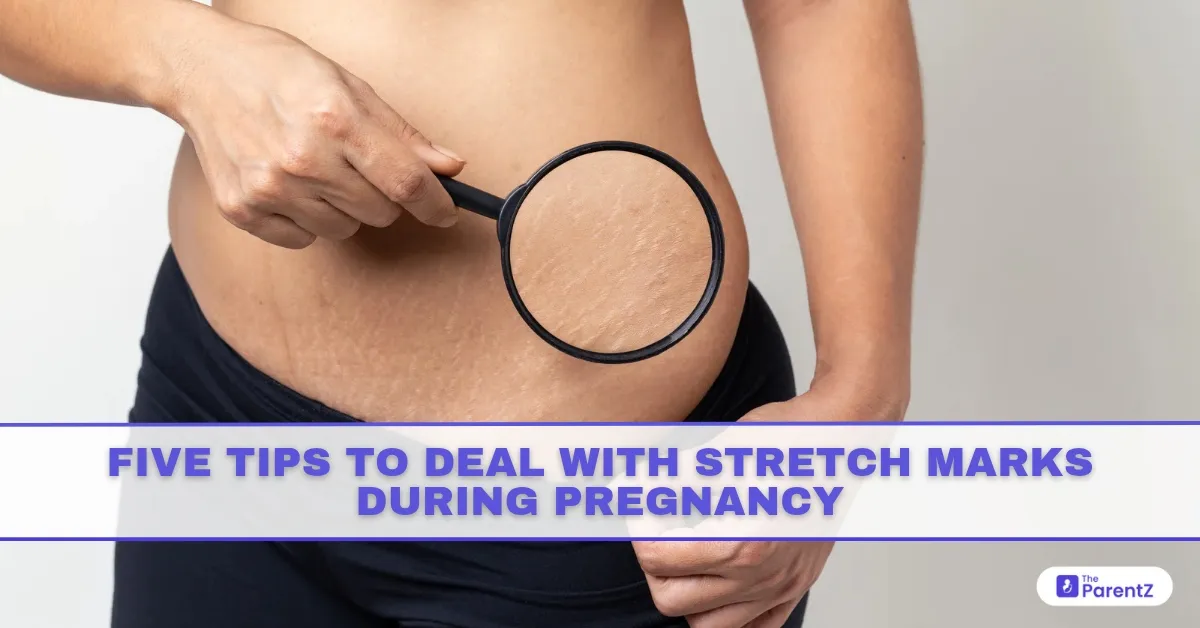Pregnancy is nothing short of miraculous. Your body is growing life, but it also stretches, swells, and sometimes leaves behind marks of the journey.
Stretch marks, medically known as striae gravidarum, are one of those not-so-welcome souvenirs that many expecting mothers find carved on their skin. In fact, studies show that nearly 50 to 90 percent of pregnant women develop stretch marks, usually during the second or third trimester.
Fortunately, while you can’t always prevent them, there are ways to reduce their appearance and soothe the skin. Read this article to explore some effective tips on how you can deal with stretch marks during pregnancy.
Keep Your Skin Hydrated — Inside and Out
The simplest remedy is often the most overlooked. Hydration isn’t just about guzzling water; it’s about keeping your skin elastic and soft. When your skin stays well-hydrated, it can stretch more comfortably as your baby bump grows.
- Drinking at least 8 to 10 glasses of water daily helps maintain skin elasticity.
- Moisturizing creams or oils like cocoa butter, shea butter, or almond oil can reduce dryness and itchiness.
- Hydrated skin is less likely to tear when stretched.
Choose Stretch Mark-Friendly Creams and Oils
Let’s pause and consider the shelves at your local pharmacy. They’re stocked with a dizzying array of creams promising miracles. The trick is to pick those rich in ingredients like hyaluronic acid, vitamin E, and Centella asiatica, which are backed by dermatological studies for their skin-repairing and anti-inflammatory properties.
- Hyaluronic acid boosts skin hydration and collagen production.
- Vitamin E supports skin regeneration.
- Centella asiatica may improve skin strength and elasticity.
Embrace a Nutrient-Dense Diet
The truth is — your skin reflects what’s on your plate. Eating foods high in vitamins C, E, zinc, and protein doesn’t just help your baby develop, it strengthens your skin’s ability to stretch without scarring.
- Vitamin C promotes collagen production, the protein responsible for skin’s stretchiness.
- Zinc speeds up tissue healing.
- Healthy fats from avocados, nuts, and olive oil nourish skin from the inside out.
Keep Moving: Gentle Exercise Matters
No, we’re not talking about marathons — unless you’re superhuman. Light, consistent exercise during pregnancy helps improve circulation, which in turn keeps your skin healthier and more resilient.
- Improved blood flow nourishes skin cells.
- Reduces water retention and sudden skin stretching.
- Exercise like prenatal yoga, walking, or swimming enhances overall skin tone.
Start Early and Stay Consistent
Here’s the twist: waiting until your belly looks like it’s about to pop isn’t the best strategy. Preventive care works best when you start early, ideally in the first trimester. Daily application of moisturizers, drinking enough water, and eating skin-loving foods should become part of your routine from the start.
- Prepares your skin for future stretching.
- Reduces severity if stretch marks do appear.
- Consistent care leads to visible improvements over time.
Conclusion
Stretch marks actually tell the story of your body’s strength and sacrifice — a reminder that your skin once expanded to cradle new life. While you can’t always prevent these natural markings, a blend of good skincare habits, mindful eating, and self-love can soften their appearance and remind you that every line is part of a bigger, beautiful journey.








Be the first one to comment on this story.